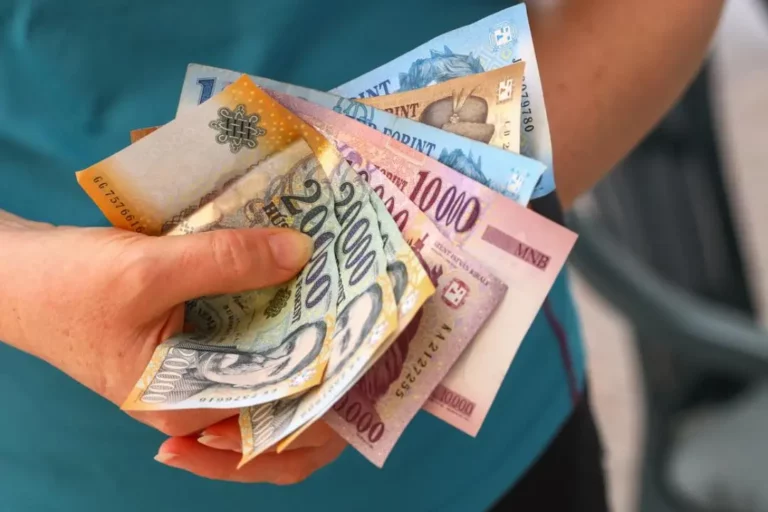forint
Inflation accelerated in Hungary, so the forint began to strengthen

Forint in trouble – EUR/HUF is close to 400 again

Hungarian workers earn less than 1/3rd of Austrian counterparts

Hungarian forint plummets, 400 EUR/HUF dangerously close

Hungarian central bank makes base rate cut decision

Unbelievable: Hungary experienced the highest inflation in history

Hungarian National Bank will decide the forint’s fate on Tuesday: collapse or strengthening?

Among the region’s currencies, the Hungarian forint lost the most value in 20 years

PHOTOS: Hungary issues special collector coins

The EU reveals when Hungary could join the eurozone

Gloomy outlook: Weakening forint, rising fuel prices in Hungary

Hungarian forint falls sharply as Eurozone political crisis unfolds

Bleak forecast: EUR/HUF exchange rate to remain around 400

No stopping: Hungarian forint at a several-month high

Possible 400 EUR/HUF exchange rate amid Hungarian central bank decisions

Surprising: German companies push for euro in Hungary – will PM Orbán introduce it?

Breaking: Hungarian central bank cuts interest rates further, forint reacts – UPDATE

Forint wakes to a good morning, breaks through crucial levels






